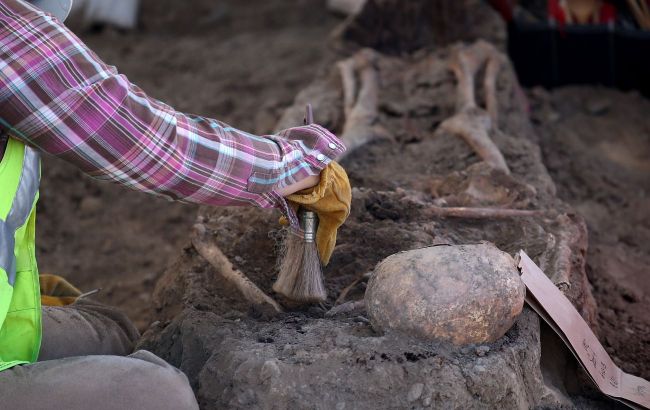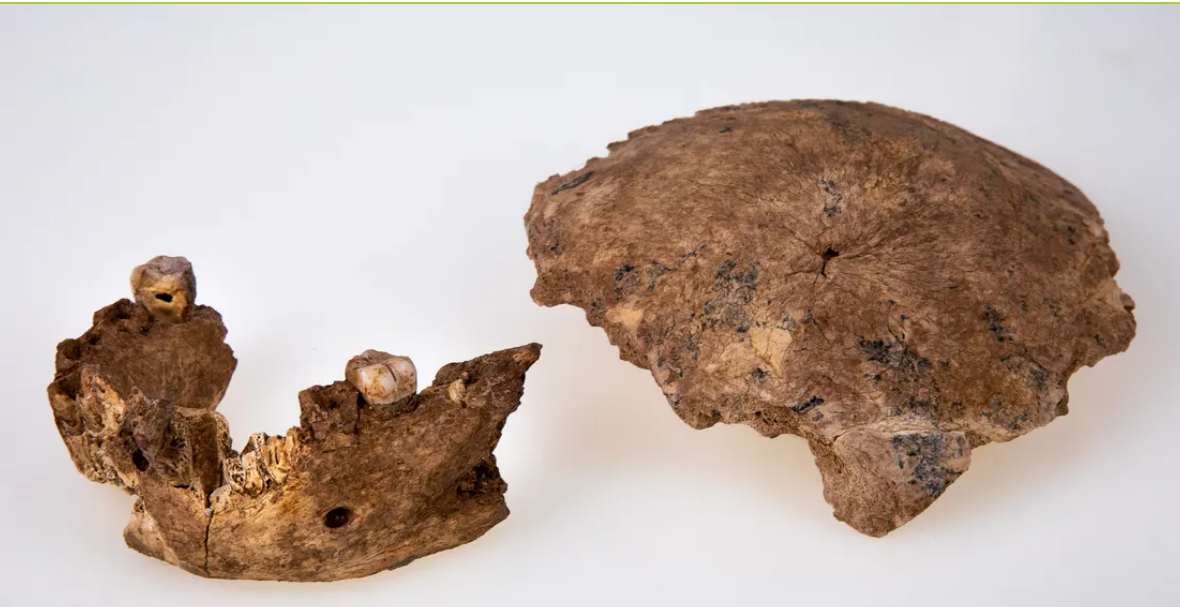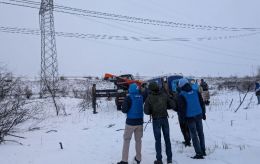Archaeologists uncover remains of allegedly new human species
 The discovery was made by an international group of researchers in Israel (Getty Images)
The discovery was made by an international group of researchers in Israel (Getty Images)
In an archaeological site between Tel Aviv and Jerusalem in Israel, an international group of researchers has discovered fragments of a peculiar skull that may belong to a previously unknown population of Homo that lived in the region between 140,000 and 120,000 years ago, writes IFL.Science.
It is noted that the discovery itself was made in 2021. Researchers Israel Hershkovitz, Yossi Zaidner, and their colleagues speculated that this new population of hominids, known as Nesher Ramla Homo, exchanged both genes and culture with neighboring Homo sapiens populations over thousands of years.
The found fossils consisted of the right temporal bone, the posterior/lateral part of the skull, and almost the complete lower jaw. After analysis, the team realized that the fragments belonged to someone who, in their opinion, was not entirely Homo sapiens but also not Neanderthals - the only other hominin species known to have lived in this region.

The photo of the discovery (photo: iflscience)
The temporal bone has "archaic" features that are completely different from early and recent Homo sapiens, and it is also too thick for bones found in Neanderthals. Additionally, the jawbone has archaic features that also appear in Neanderthals.
Scientists claim that this is a new population of Homo, which was somewhere between these species and could represent one of the last common ancestors of Neanderthals and modern humans.
"Notwithstanding, the age of the Nesher Ramla material, the mismatched morphological and archaeological affinities, and the location of the site at the crossroads of Africa and Eurasia make this a major discovery," said Dr. Marta Lahr, a paleoanthropologist and Director of the Duckworth Laboratory at the University of Cambridge.
Why this discovery is important
If the discovery is confirmed, it could explain certain previous findings. For example, the famous Lady of Tabun, found by archaeologists in 1932, likely also belongs to this potentially new population of hominids. This would significantly impact the understanding of human evolution.
However, some scientists are skeptical. In his blog, paleoanthropologist John Hawks suggests that there could be other explanations besides the existence of a new, previously unknown population of H. sapiens.
"It is a provocative suggestion that a long-lasting separate population once existed in southwest Asia. The idea puts together at least three fossil samples in the region that otherwise don't fit together with Neandertals nor contemporary fossil samples in Africa," the scientist wrote.
Hawks provides an alternative explanation, suggesting that the fragments may relate to Denisovans - an archaic population of hominins closely related to Neanderthals and early humans. This is just one of the versions.
It should be emphasized that it is still unknown whether Nesher Ramla Homo is indeed a new population of humans, but further research is expected to determine this.
Earlier we wrote about another archaeological discovery, uncovering the remains of a grand theater at the site of an ancient Roman city.

